A few weeks ago I spoke about my trip to New Orleans to participate in the newly formed Future Leaders Forum, which brought close to 300 students together, from across the country, to learn lessons from a world class panel of speakers.
I’ve been excited for this trip since I was still in Shanghai; It was the grand finale of the IEEE SPA (Student Professional Activities) re-branding that Jonathan and I have been working on since 2013. The SPA-Committee has been hard at work for over a year to pull this event together, and the line-up of speakers was truly world class. So when Guru and Jonathan asked me to present at the forum, I immediately took their offer.
It was clear from the beginning that this wasn’t a typical IEEE conference; Keeping with the themes that the team has been discussing for the past 3 years, Guru and Nicole created the event from the ground up, incorporating design thinking at every level. By thinking from the perspective of the students, the event was engaging, diverse, and most of all, a complete experience.
The idea of a complete experience is worth expanding on. Many conferences from professional groups tend to be a very dry affair; You fly into whatever hotel the conference is held at (typically the hotel next to the airport, if possible), and spend all day in meetings and talks. There’s a few breaks in between, and if you’re lucky, there’s a nice dinner included with it. Seldom do you get to actually see the city (despite the fact that you’ve traveled), or have a chance to experience the local culture (since the food will be safe and generic to accommodate everyone).
The Future Leaders Forum achieved what many of these conferences don’t do; It incorporated the location as a meaningful addition to the event. Over the course of the weekend, I had the chance to experience a steam boat ride, eat plenty of New Orleans food at Mardi Gras World, and even got to hear an inspiring talk by Chris Washburne on Jazz Leadership. How cool is that?
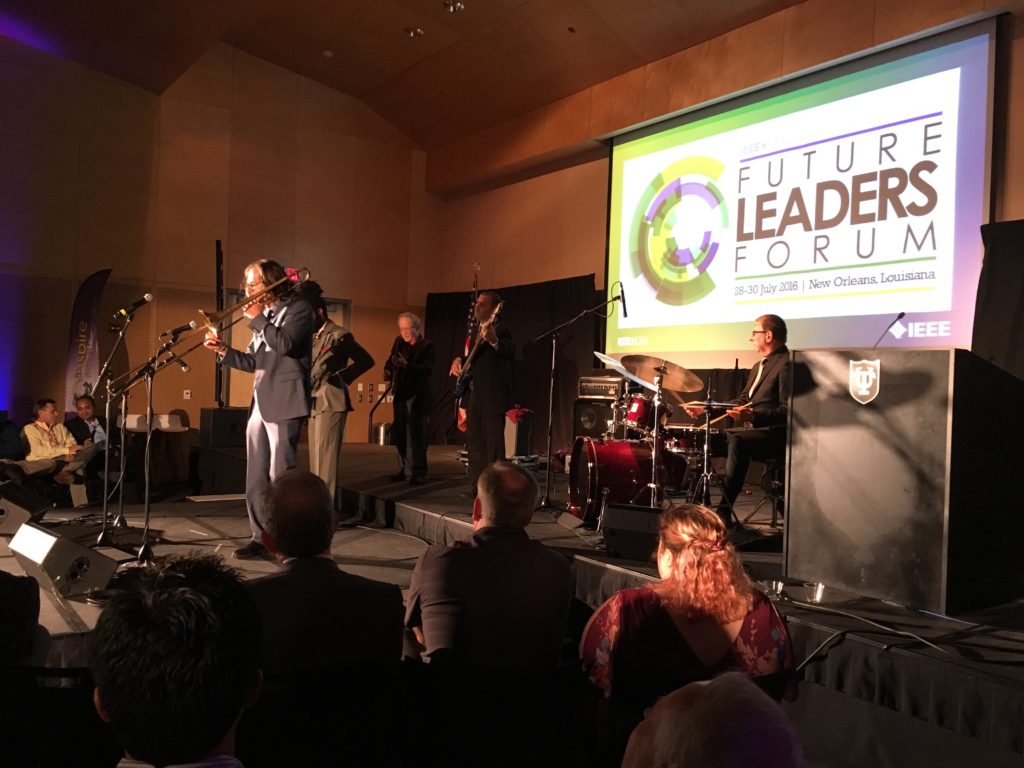
Over the entire course of the event, I couldn’t help but think that this really was something special and spectacular, from the students that attended, to the many awesome speakers that attended the talk.
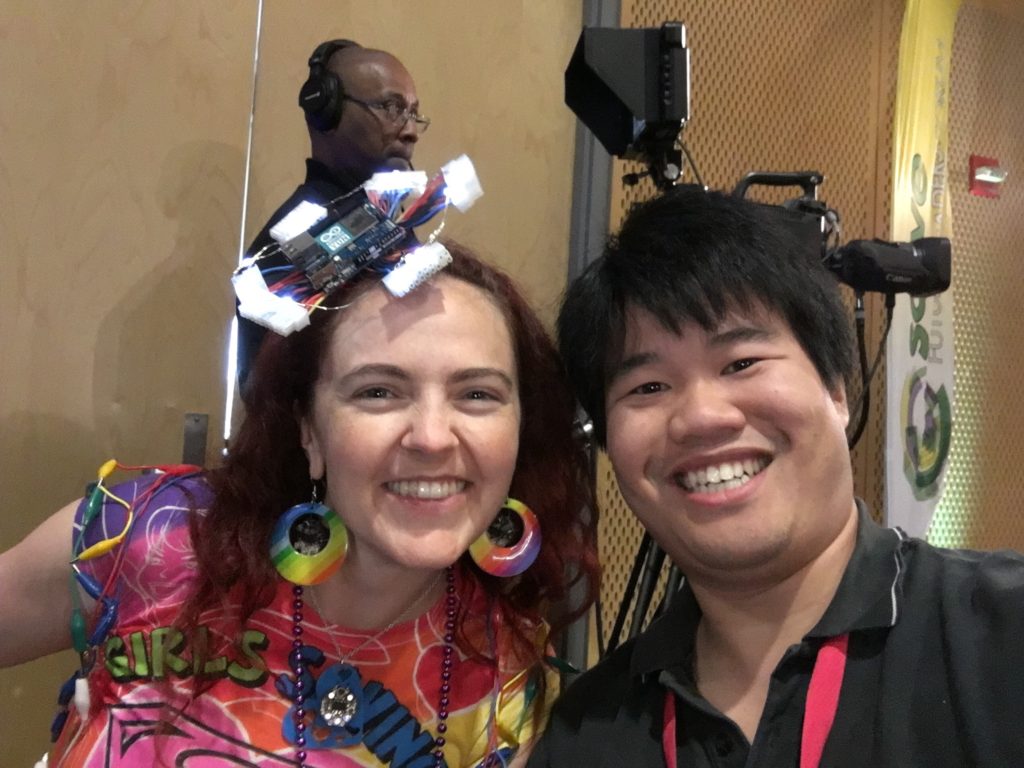
One of the most exciting things I got to do at the Forum was to work with Jonathan again on a talk. After a long Shanghai-Induced hiatus, I was itching to get back into presenting to eager students state-side, especially with Jonathan at my side. We spoke about the Circles of VICtory, and how to incorporate creativity into engineering. We had a fantastic turnout of over 60 students at our talk!
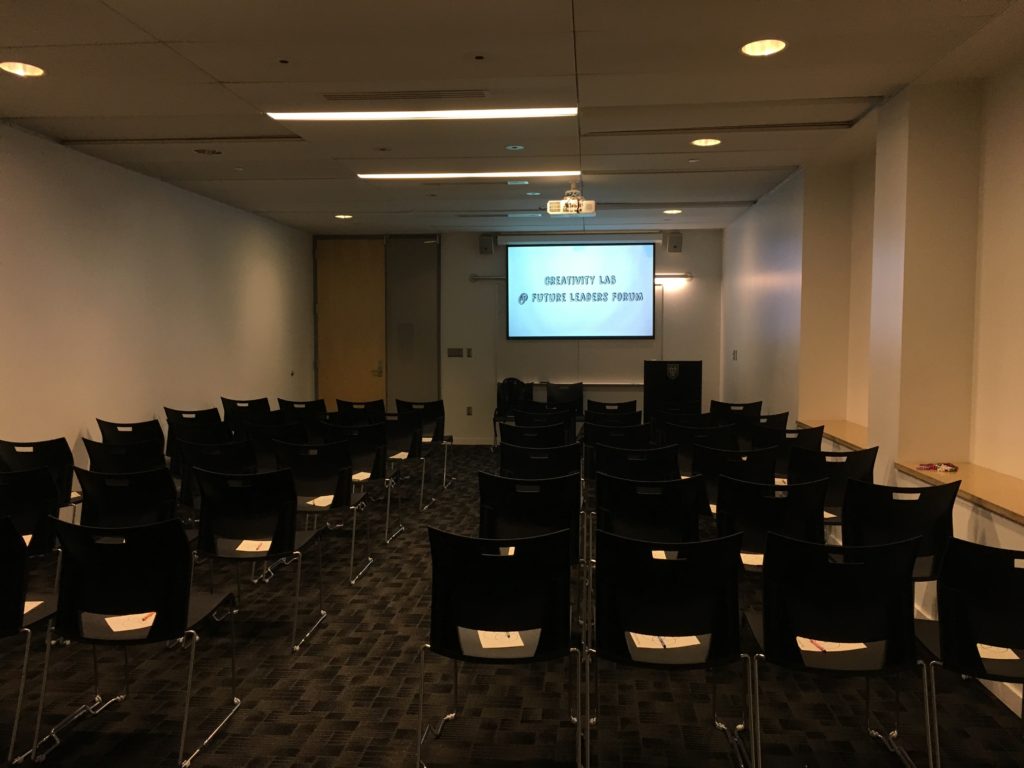
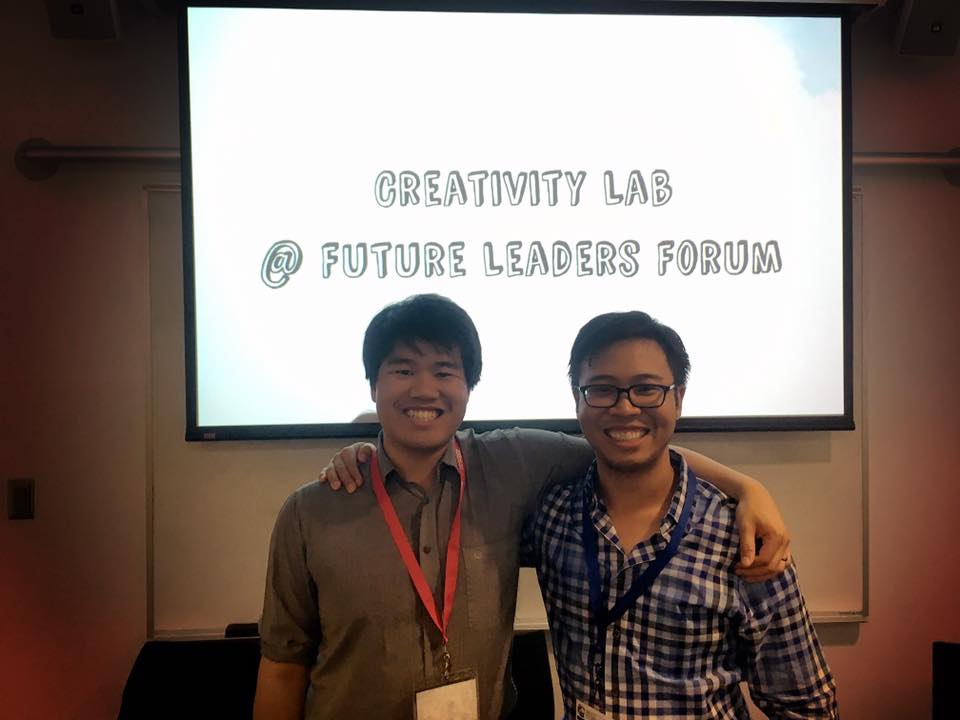
Overall, I’m super, super glad to have attended the FLF, and excited to attend again when/if another one is planned!
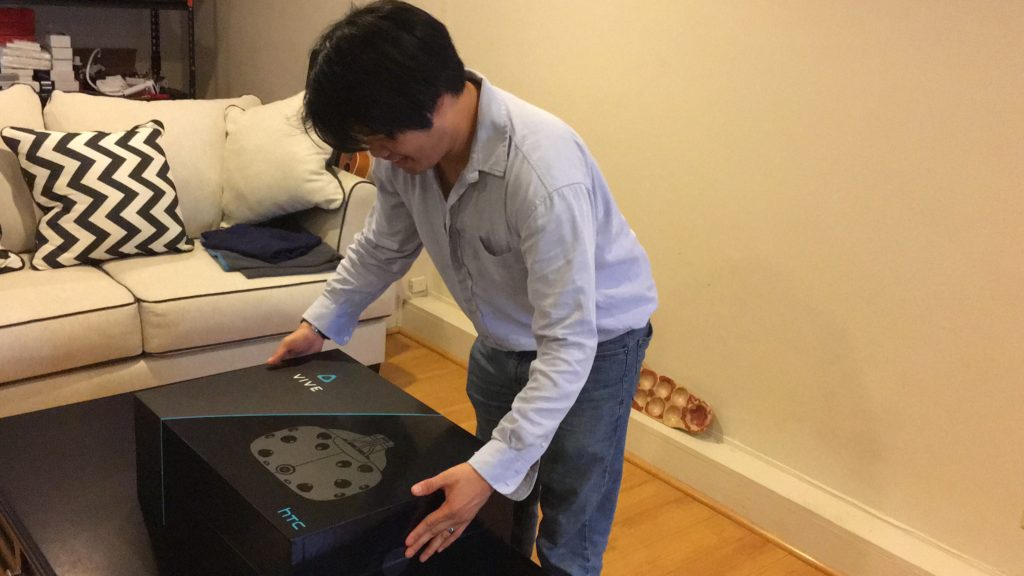
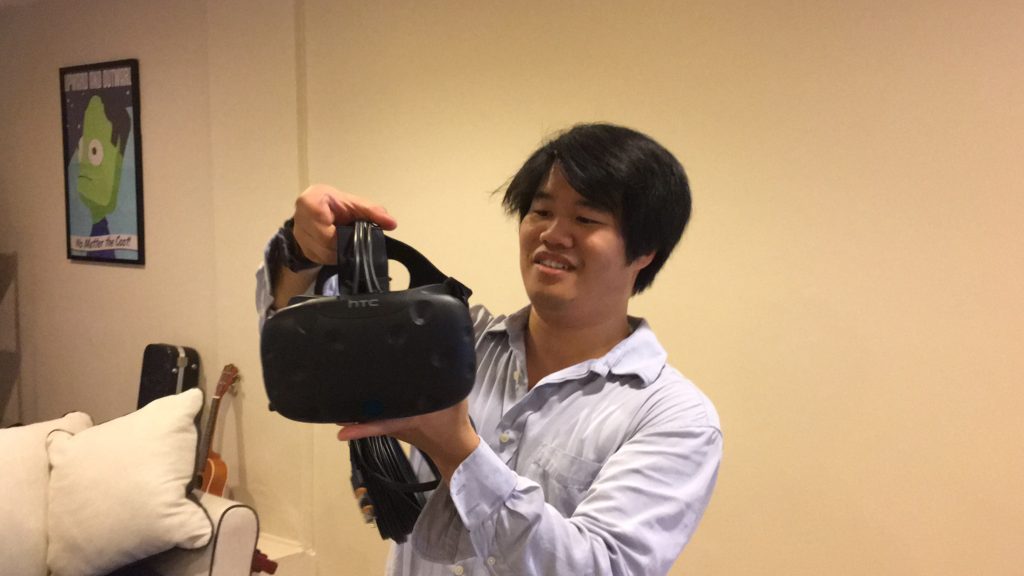
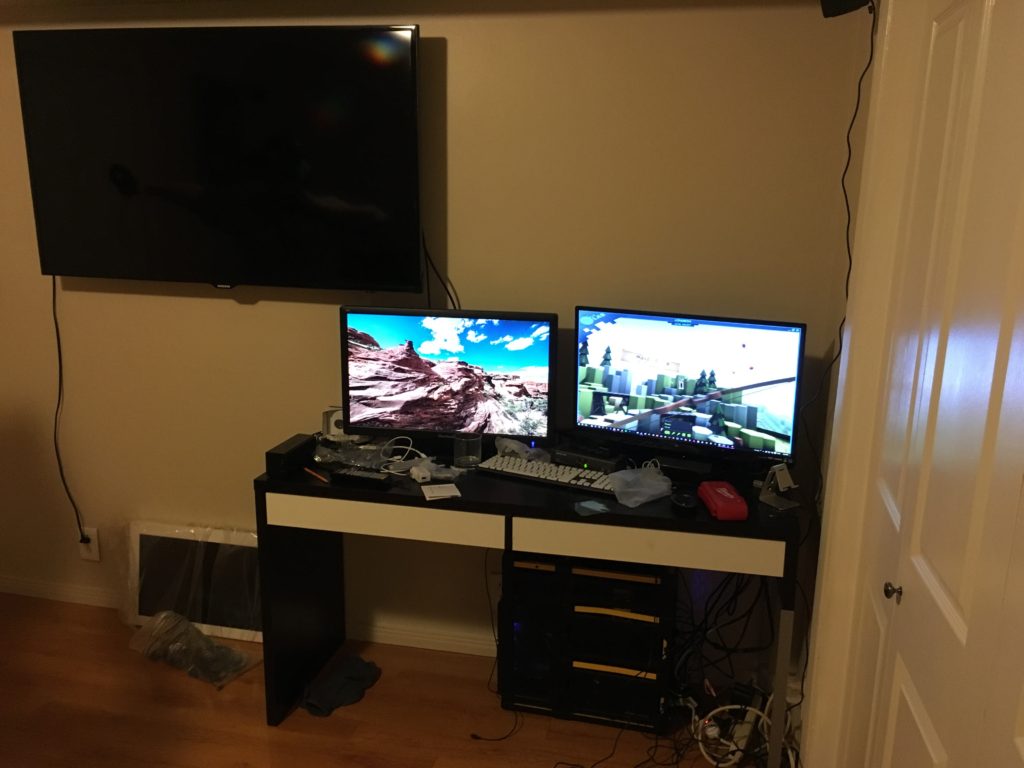
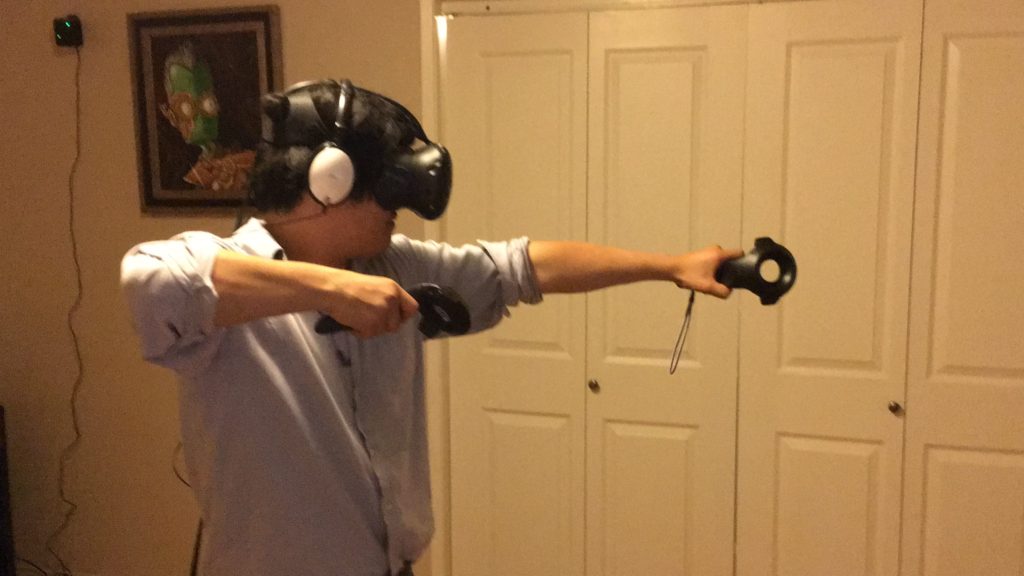
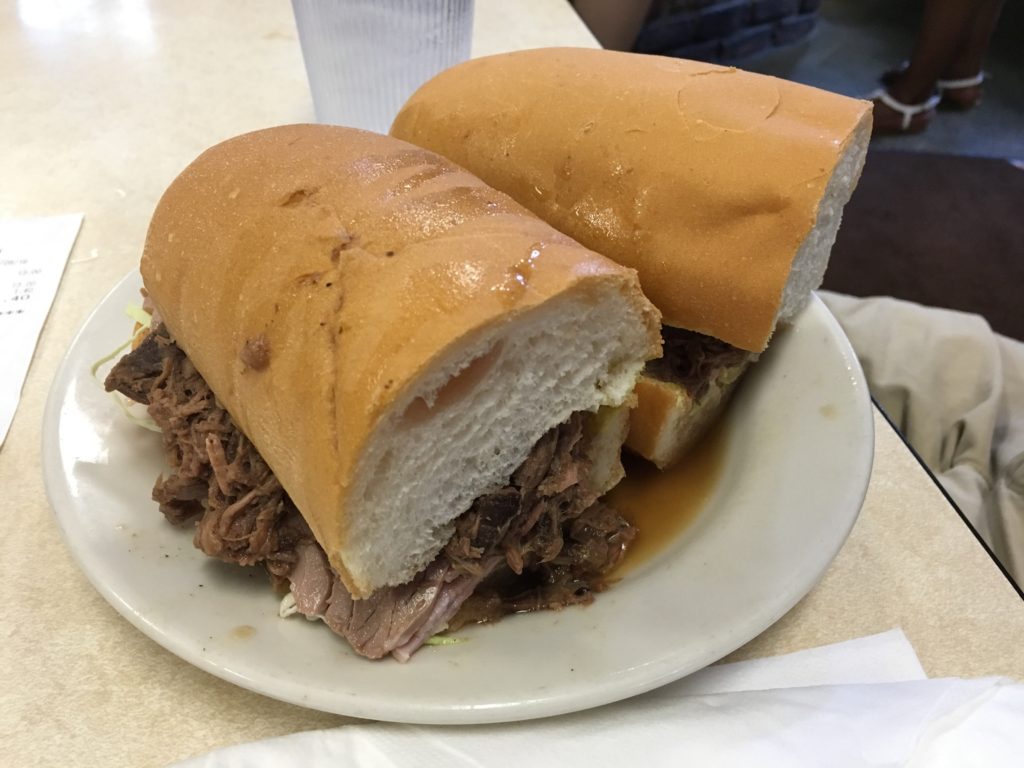
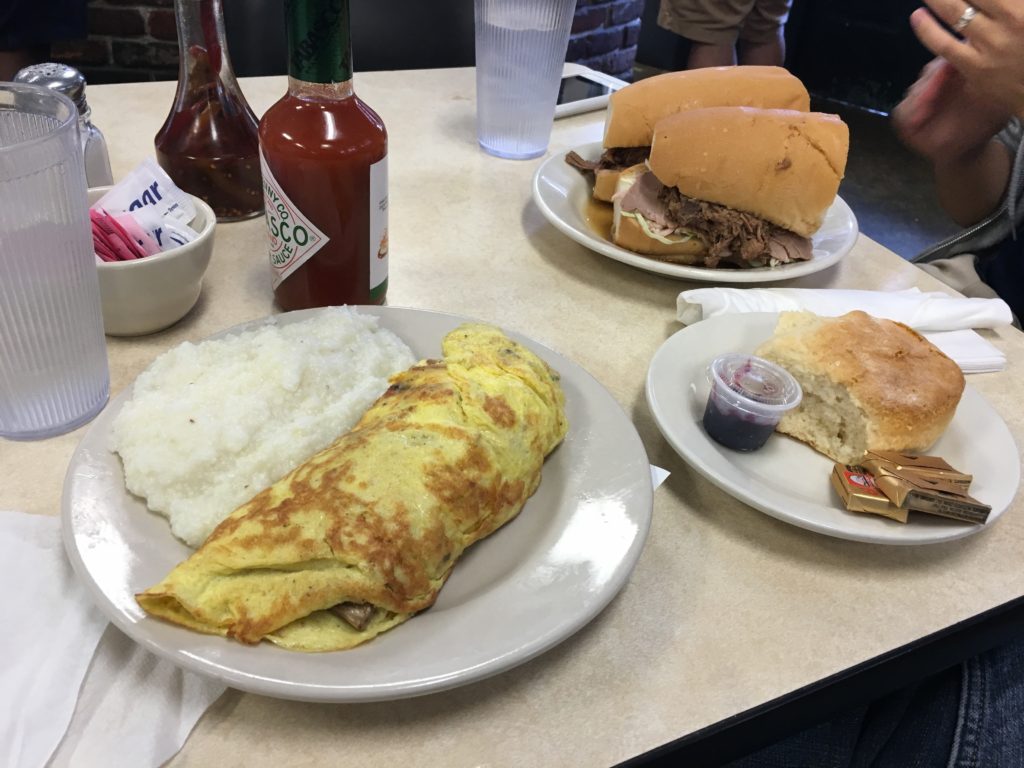

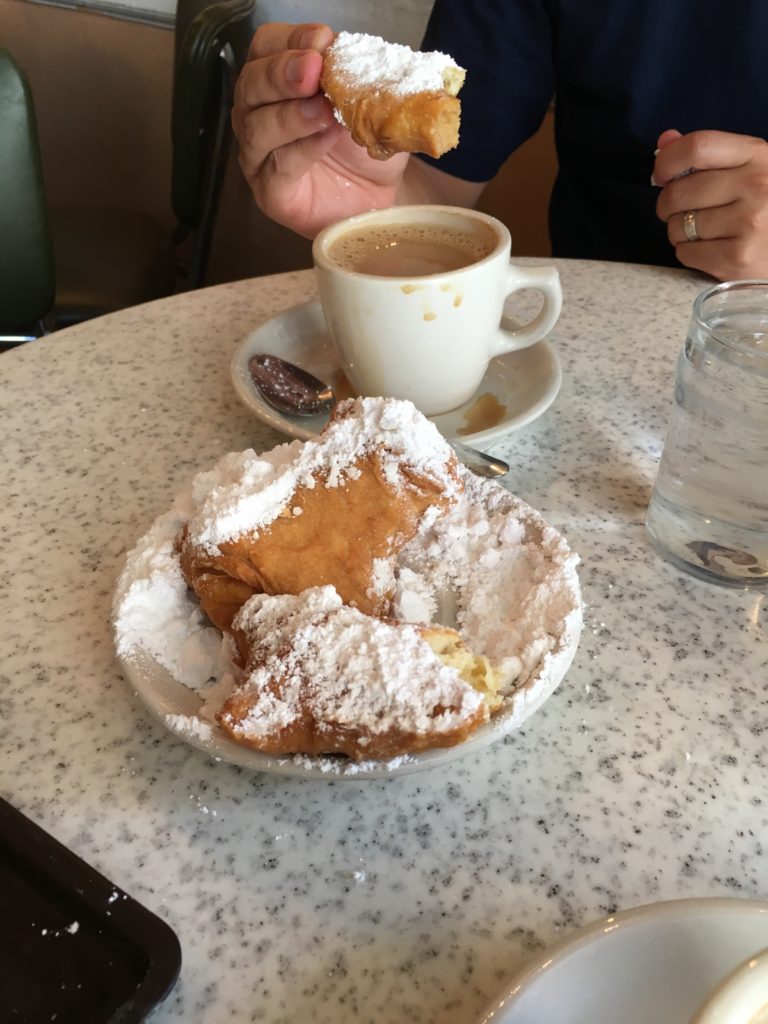
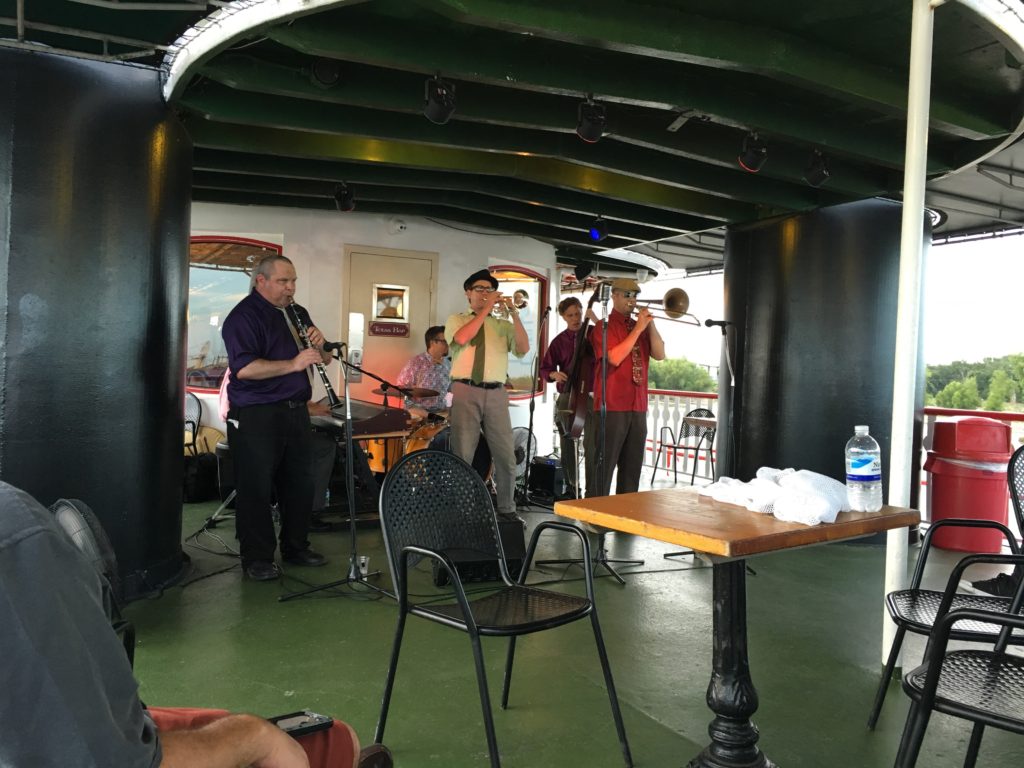
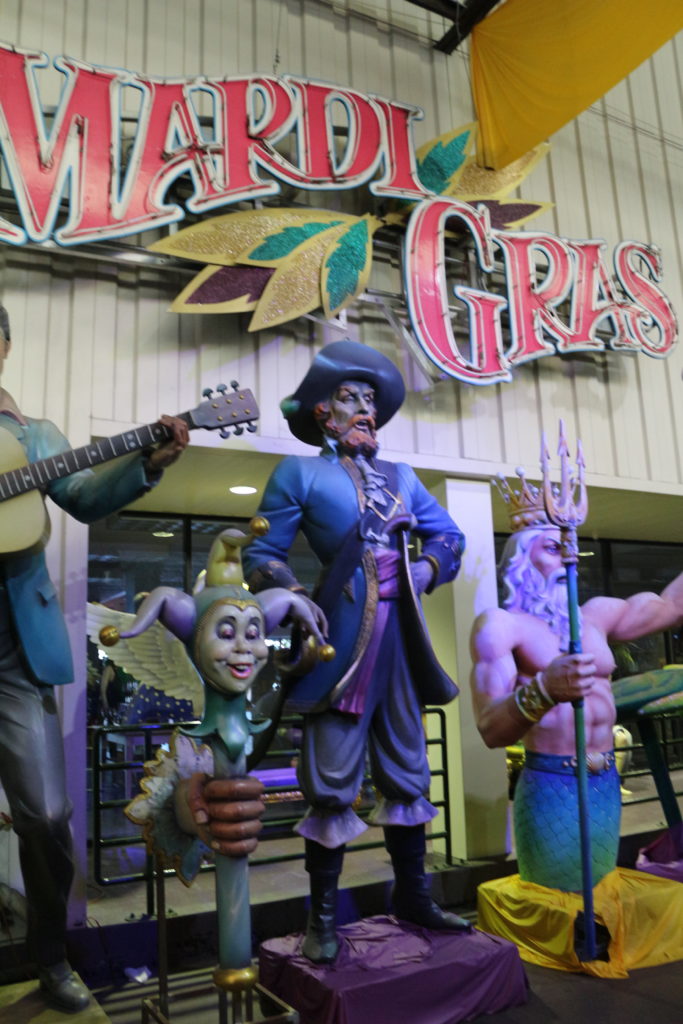
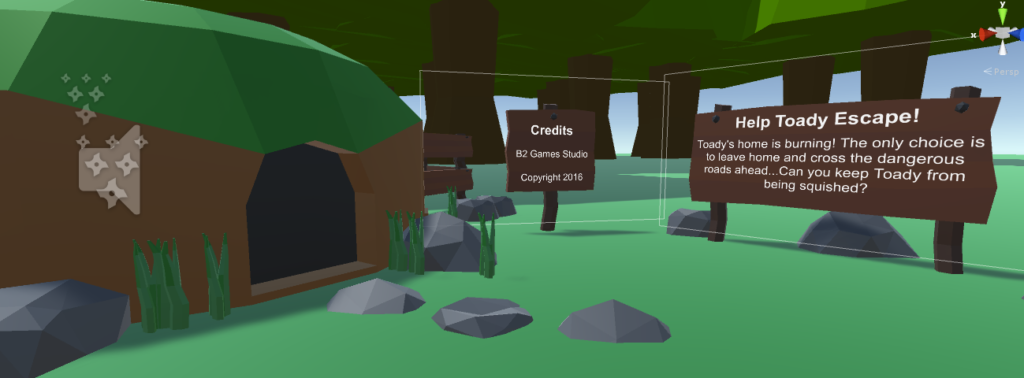

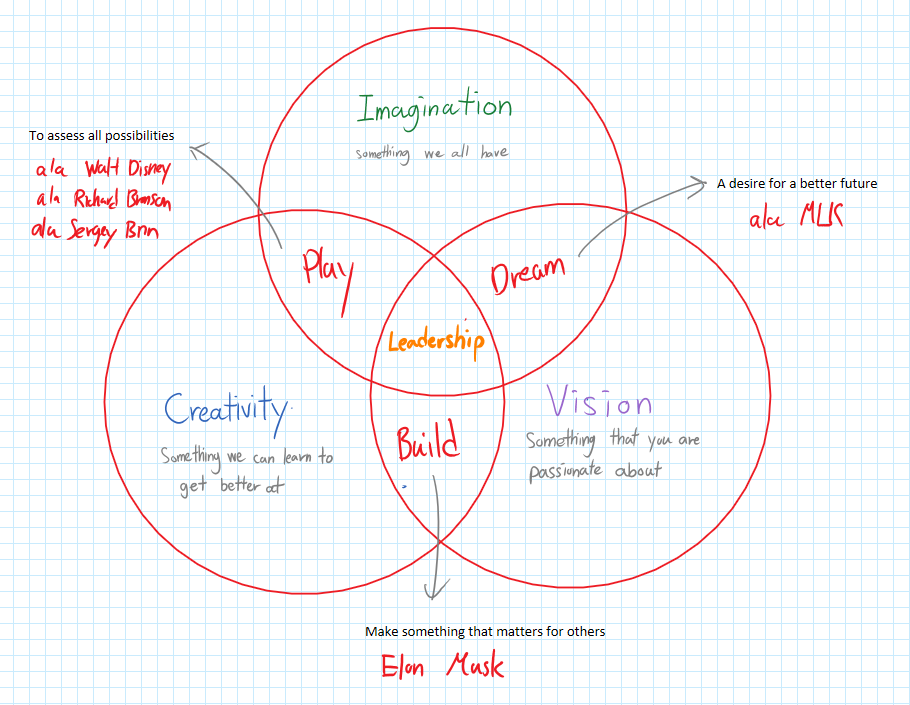
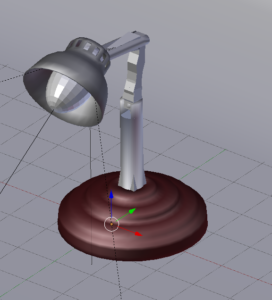

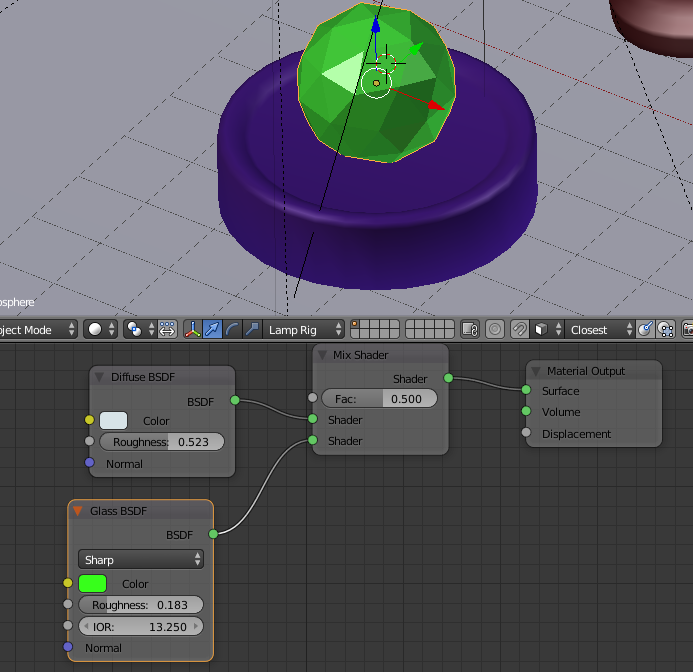
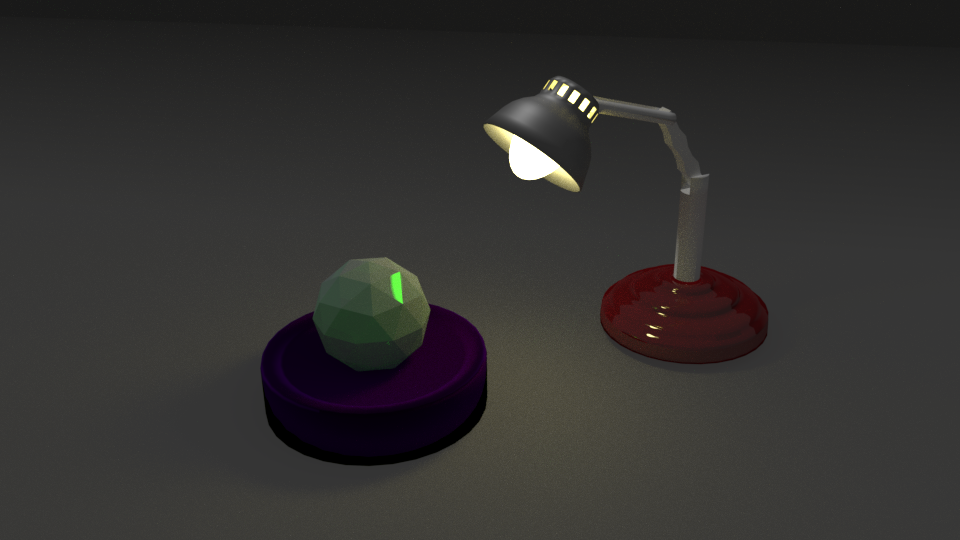
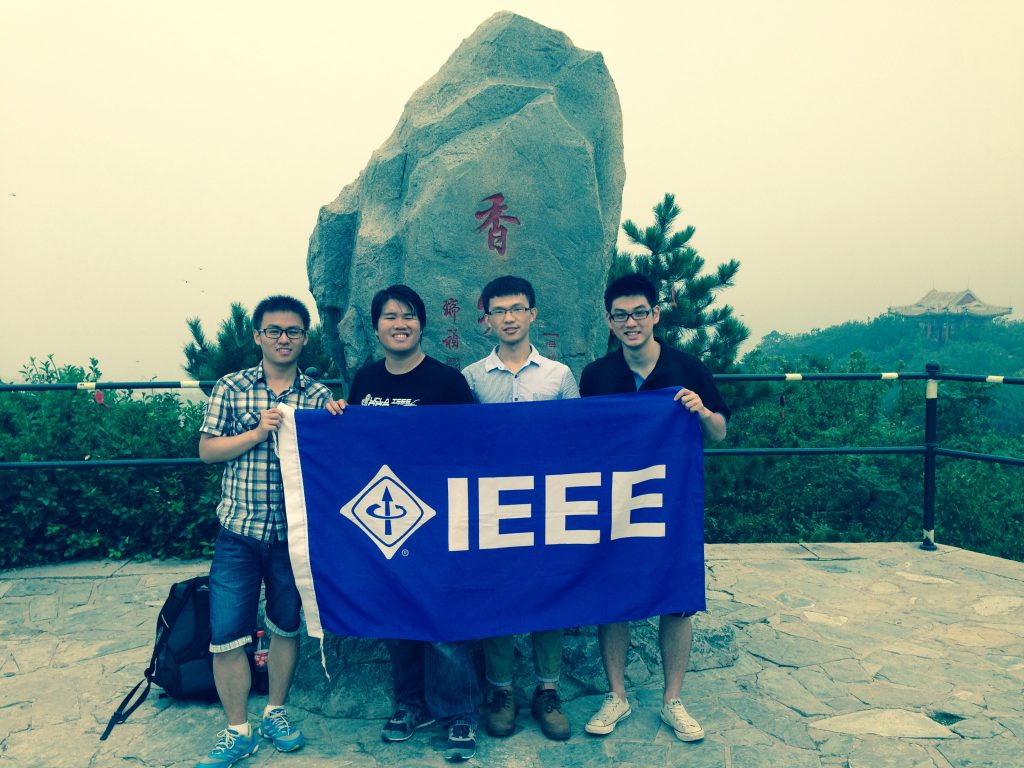
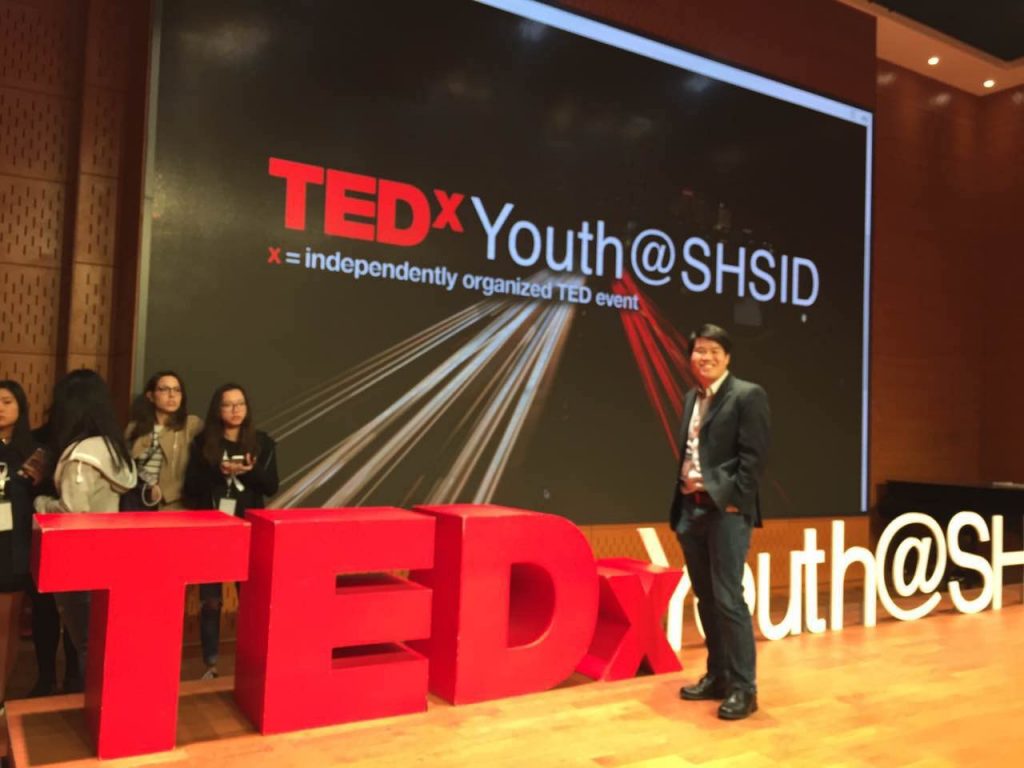
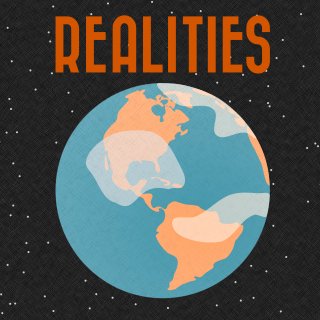
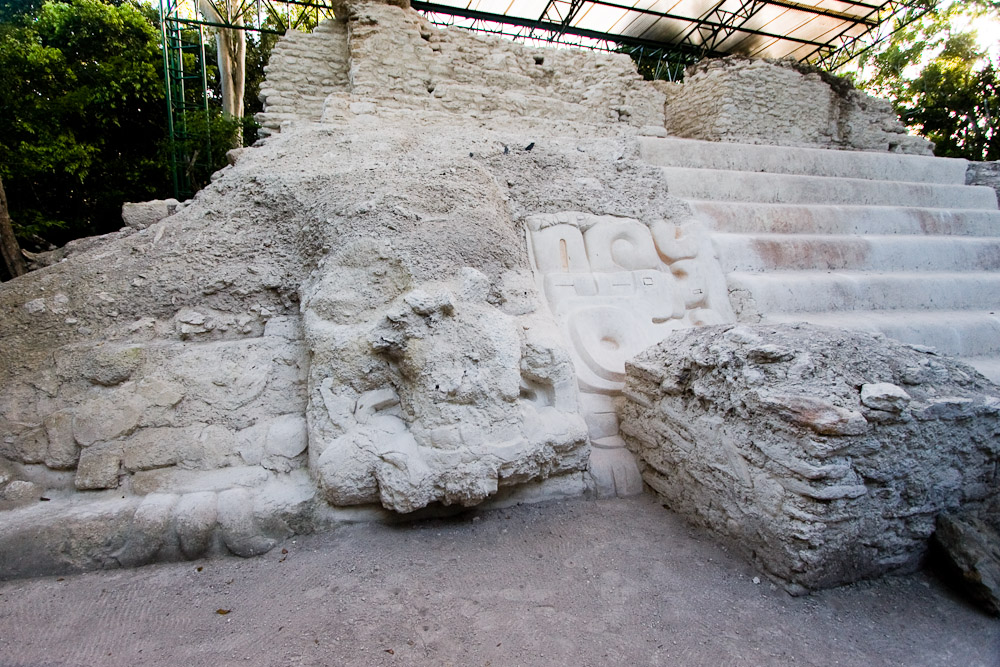
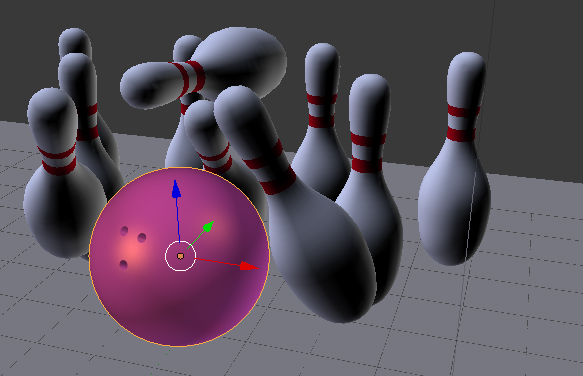
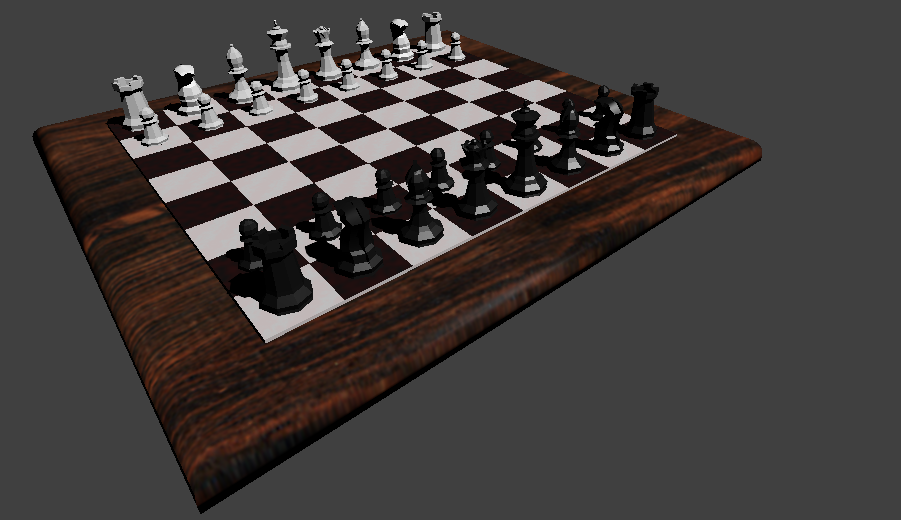
Recent Comments